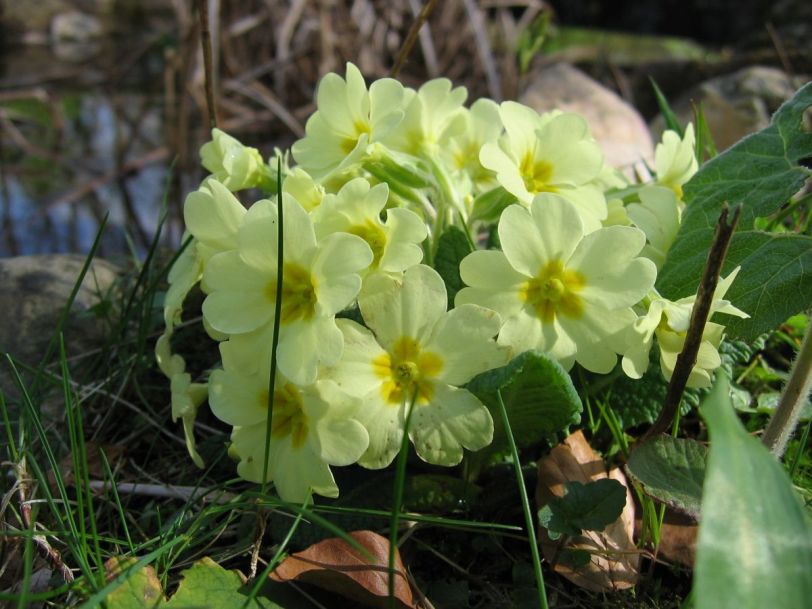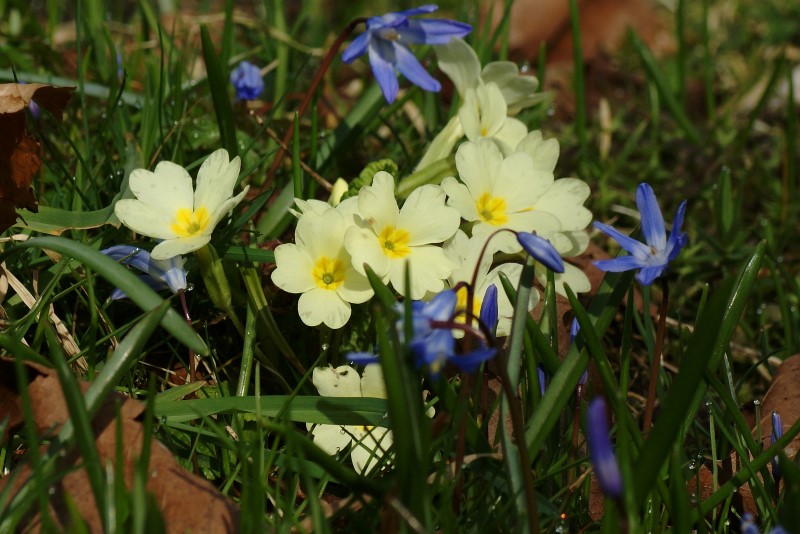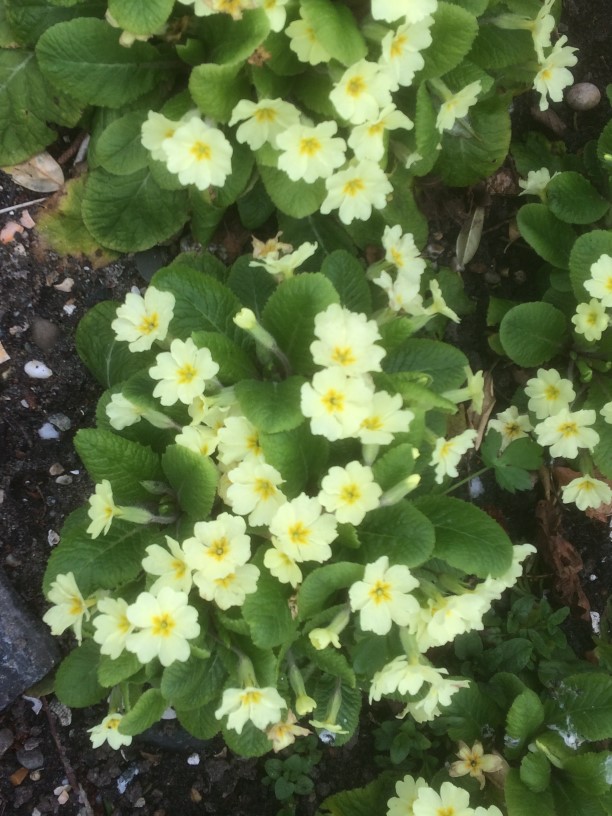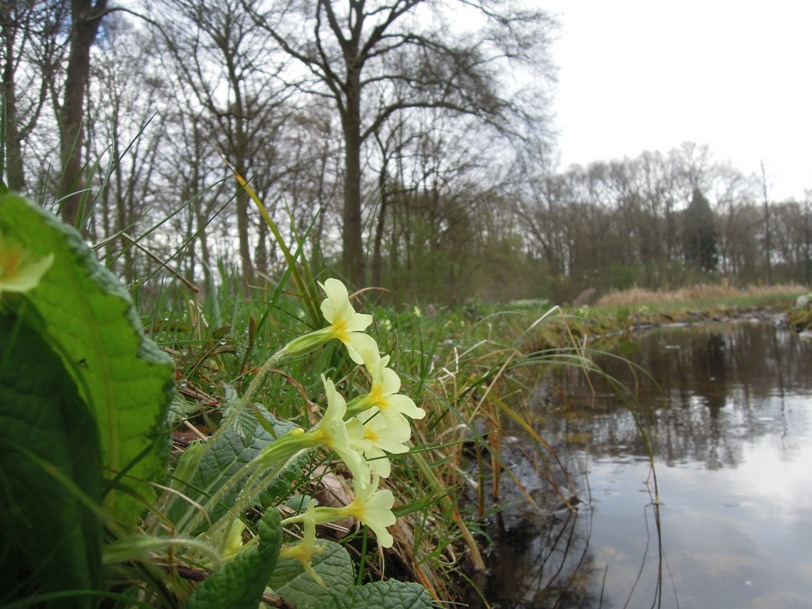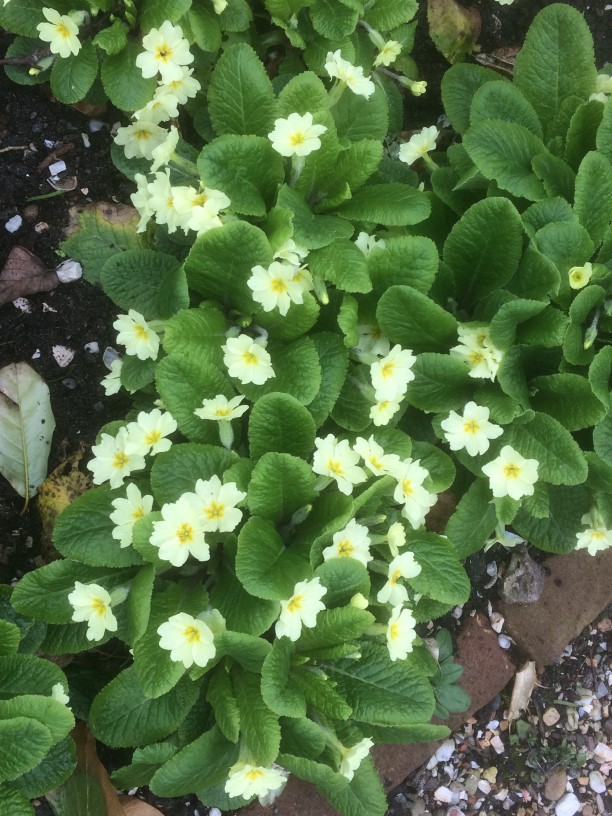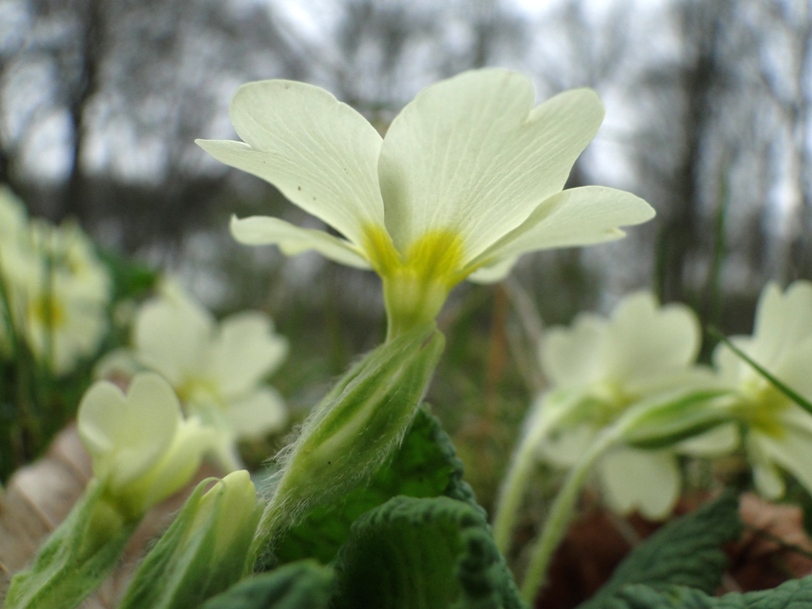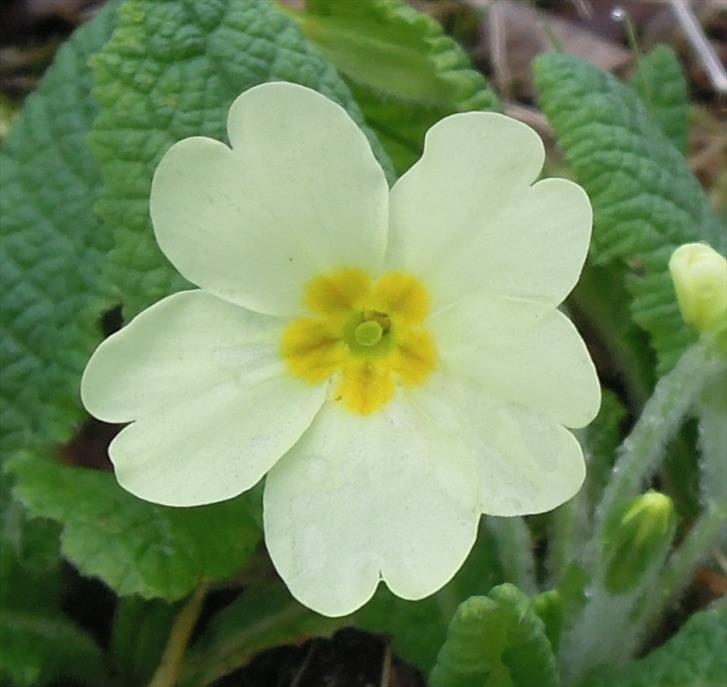Primrose
Primula vulgaris
Primrose family (Primulaceae)
Common but not vulgar
This common primrose is a great rarity in the Netherlands and so not exactly 'vulgaris' (Latin for ‘common’). This is in contrast to the cultivated form of Primula vulgaris, and its various crosses, the highly colourful ‘primulas’, which shout ‘buy us’ from market stalls and flower shops from March onwards.
This wild and modest plant with pale yellow flowers - with a striking dark yellow to orange ‘eye’ in its centre - can be found on moist soil along streams and here and there on the edges of dunes.
Unlike her Dutch relatives, the oxlip and cowslip, these flowers appear with no apparent stem from a rosette of leaves - hence its Dutch name the ‘stemless primrose’. The common primrose blooms at about the same time as the wood anemone and other shade plants so announcing the arrival of spring.
Themes
Crown jewel in the Nijmegen Botanic Garden.
The abundant nectar produced in spring ensures many insects visit this plant.
In the Middle Ages this herb was used in the treatment for cramps.
The flower is suitable for human consumption; it has a mild sweet taste and is used in salads.
On the site where Saint Peter, as guardian of the gates of heaven, accidentally dropped his keys, this unknown plant grew - since then the primrose has been called 'sleutelbloem' (keyflower) in Dutch.
Details
| Description: | Herb, 5 - 15 cm, forming a rosette of tongue-shaped leaves. |
|---|---|
| Distributions: | Western and southern europe |
| Habitat: | Ornamental plant grown for large estates; forests, coppice, brushwood, sea cliffs, waterfronts and coastal dunes. |
| Year cycle: | Perennial (trees and shrubs included) |
| Hardiness: | Colder than -4 f (very hardy) |
| Flowering period: | Maart - mei |
| Flower color: | White, yellow |
| Notes on flowers: | Flowers light yellow, 2-4 cm in length and most have an orange spot at the throat. |
| Notes on fruits: | Capsule; the capsular fruit is shorter than the calyx |
| At its best: | Maart - mei |
